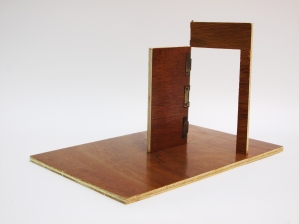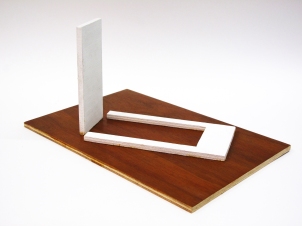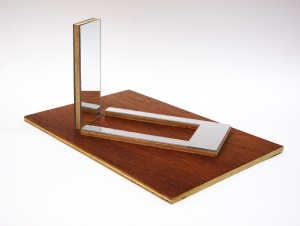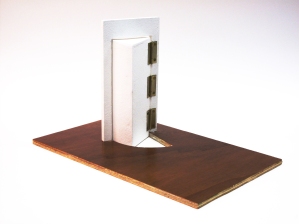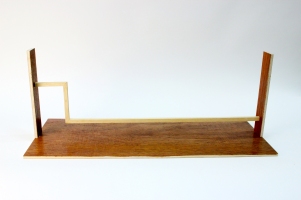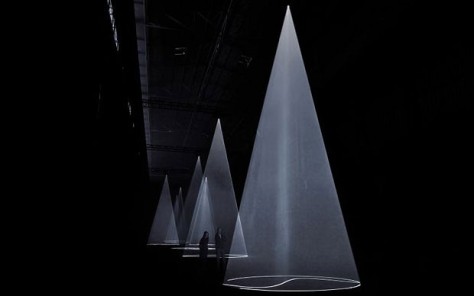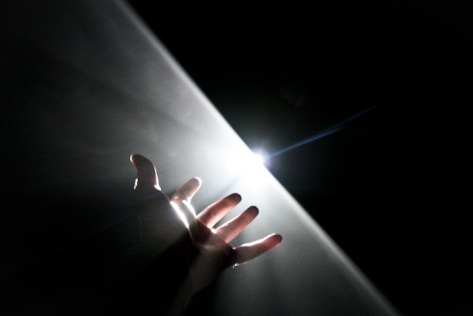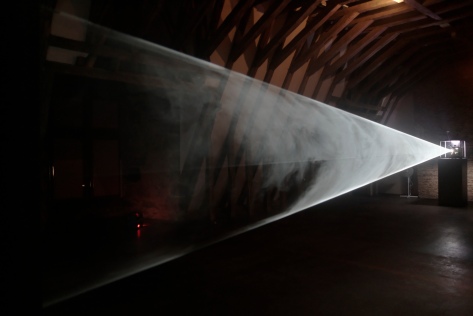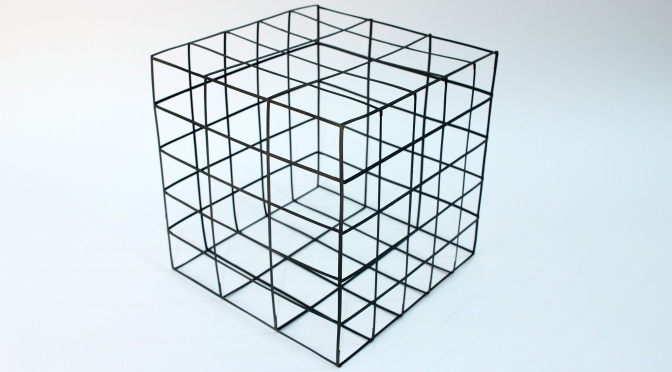For a while I have been dying to get back to exhibiting my artworks and express and share my views of the world in the hope that they would inspire people to pursue their passion and share their own God given talents that reside deep within them with the world. That was an opportunity I was presented with in the past month.
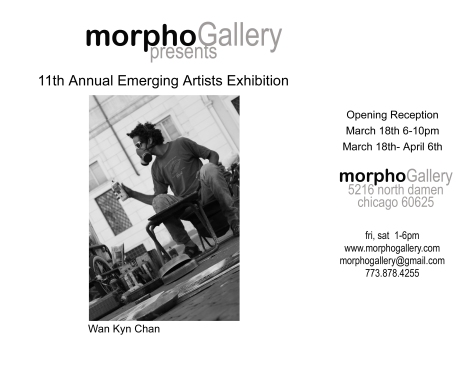
I went out on a whim to submit my works to a small obscure gallery in Chicago (mind you when I say small, I do mean REALLY REALLY small) through a website I did not even know existed. Going in with no expectations, I received an email later saying that I got the chance to exhibit all the works I had submitted. Granted it may not have been a big exhibition with many applicants, it was still an opportunity that I could not turn down. But that was only the beginning. I had no idea how much work was to come.
This time, I was out there by myself, with no help from my teachers, advisors and art mentors. I realized at that moment, as I sat alone on the third floor of my university’s physics building that I had so much on my plate – a unexpected exhibition, an upcoming exam and countless lectures and recitations to attend. But at that moment, I felt the thrill and excitement that I have not felt in the past few years. The feeling of the exhibition. The feeling of the opportunity for the world to hear my voice. The feeling of making art.
Now I had to settle many things – logistics, getting from the small town of West Lafayette to Chicago, printing, all those works, presentation, framed and ready for the exhibition. I thought that after my exams I would be done and could finally relax and get in the “Spring Break zone”, but in that moment I found myself running back and forth between buildings, finding the best way to print my artworks that could do them justice. I found myself grappling with issues of artistic integrity, questioning if one small change could make or break my work. Was the paper colour right? Were the colours vibrant enough? Would framing these artworks make them loose their initial concepts? Questions that I have not surfaced over the past three years that I have been in artistic hibernation. I would run between printers, making initial prints of my photographs, only to find flaws hours after the printers closed. I asked myself it was even worth it, spending so much on an exhibition so small. There was no one night in that week that I slept more than 5 hours, having no personal studio space to finish my works and no one free enough to help me get the materials I needed, let alone time for a breather after the exam. But the worst thing was that there was no ride to Chicago. It was way beyond stressful.
At many moments during the week I found myself questioning if the entire thing was worth my time and money. Was it that important to me? I ask my closest friends these questions, and I received mixed answers. Even as debated whether I should do it, I continued to go about seeing how they would turn out. I still went to the printers countless times after making minor edits in the photographs and digital works to get it just right. Once again, the attention to detail was something that I had not done to such get an extent for the past 3 years. Yes, I paid attention to any visual detail I came across. Yes, things that would otherwise not catch other people’s eyes would draw my attention. Yes, I spent a lot of time observing small changes in my surroundings. But never was it a situation where insensitivity toward contrast and colour could change an entire audience’s perception of the piece. Even though your image may look perfect on screen, the various printers also have different effects on the image, making them a tad darker or lighter than you intended it to be. This was yet another element that I had to tackle.
So many things to do, so little time…
On the one hand, I got more and more tired. On the other, I saw my time and effort pay off, whether my works got to be in the public eye or not. Slowly but surely, every thing came together by grace. I have to thank my friend, Charlene, for getting me all the way to The Windy City and standing all the crap I gave in the car and during the time we spent in Chicago. Also many thanks to all my friends and academic advisors, that although they may not have known much about art apart for their love for the aesthetics, who have either supported me or gave me some advise on printers.
At the end of the day, the lessons and payoffs have been priceless. It has not been easy going about art, especially in a university with a dearth of artistic resources. But through perseverance as well as love for art, I learned to make things work and make ends meet. In the process of completing my works, I revived the feeling of what it meant to live and breathe art. The sensitivity towards colour, contrast, lighting, presentation, etc. all became priorities again. A small crease, if not intended became as obvious as a blotch of ink on white sheets. I also came to realised the price of making art. Not only the price to a buyer but the work’s worth to me. Not only was it time consuming, but the cost of printing and getting the desired materials and the costs of transportation blew a gaping hole in my wallet.
However, experience IS priceless…
Do come down if you are around the area!!! Opening night is Friday, 18 March 2016, 6pm – 10pm!!! If not for the modernity of my art, come to admire the beautiful fluidity of the countless watercolours and painstakingly detailed etched pieces of the masters of these long lost techniques.
Gallery Information:
Morpho Gallery
5216 North Damen Ave
Chicago Ill 60625
773-878-4255
morphogallery@gmail.com
Morpho Gallery Website

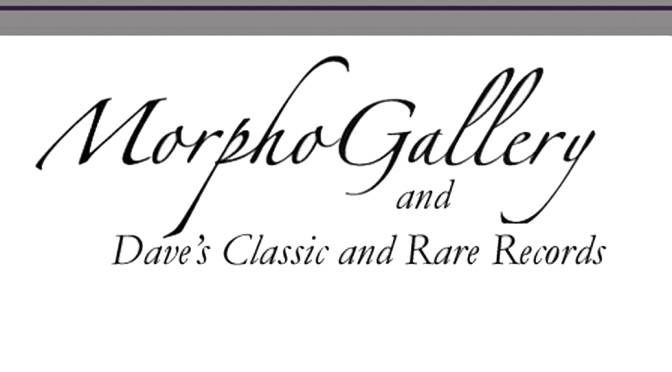
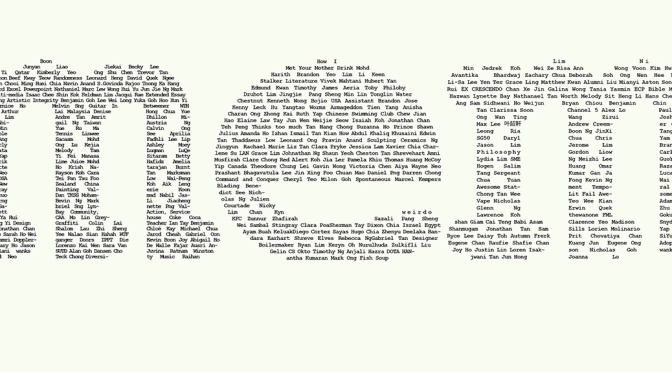
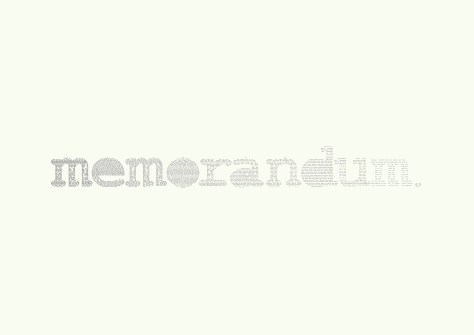 “We are the sum total of our experiences….” – B.J. Neblett
“We are the sum total of our experiences….” – B.J. Neblett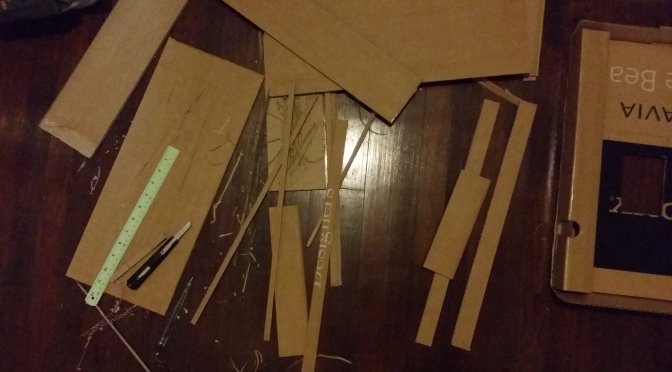
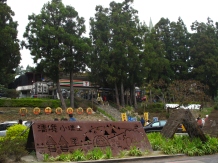
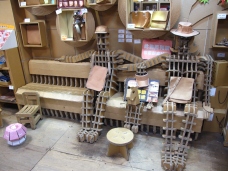

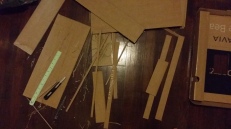 than going through the intermediate two-dimensional process of sketches and written words. Personally, I find that this process demands a lot of forward thinking as well as instantaneous problem solving. When a problem comes up during my process, I will have to immediately troubleshoot in order to not ruin the flow of creating the piece. I have applied this process to many of my works which includes majority of International Baccalaureate submissions revolving around the theme of Space. I understand that stating this becomes a matter of trust, as you readers and audiences truly do not know if I actually sketched out any part of my process or not.
than going through the intermediate two-dimensional process of sketches and written words. Personally, I find that this process demands a lot of forward thinking as well as instantaneous problem solving. When a problem comes up during my process, I will have to immediately troubleshoot in order to not ruin the flow of creating the piece. I have applied this process to many of my works which includes majority of International Baccalaureate submissions revolving around the theme of Space. I understand that stating this becomes a matter of trust, as you readers and audiences truly do not know if I actually sketched out any part of my process or not.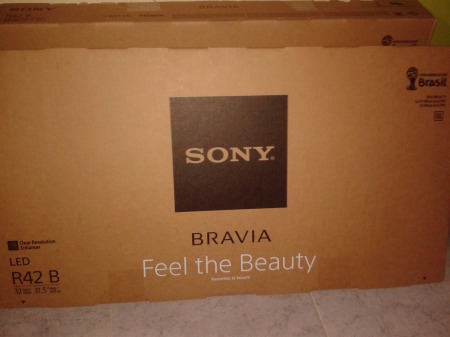
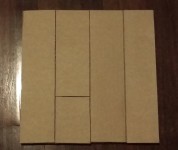 as guides. The largest area were then divided into three segments which would then become the three sided support of the chair. The unused cardboard was set aside to increase the strength and durability of these supports. The seat area (image on the right) was cut from the other large surface of the box and reinforced with corrugated cardboard that was meant to protect the television from any impact.
as guides. The largest area were then divided into three segments which would then become the three sided support of the chair. The unused cardboard was set aside to increase the strength and durability of these supports. The seat area (image on the right) was cut from the other large surface of the box and reinforced with corrugated cardboard that was meant to protect the television from any impact.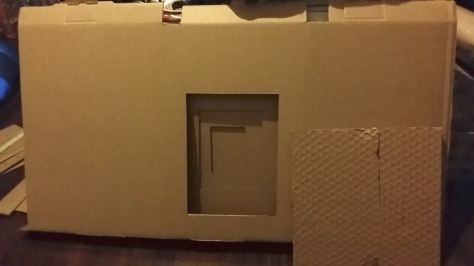
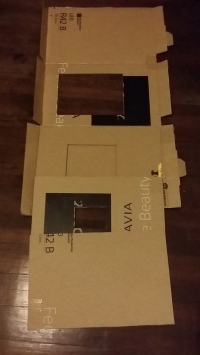 designs (usually cylindrical), where the center of the support would be cut out and a rectangular frame would be left. I believed that that design was simple yet sophisticated enough to catch the eye yet retain the structural strength to support a man’s weight. To enhance the strength of the chair, I made layers of these frames, which unknowingly added some depth to the side of the chair and enhance the aesthetics of the chair further. Keeping with the asymmetrical theme of this particular project, I decided that not all side will have the same concept of depth, with each side being layered with a different number of cardboard sheets. The finished components can be seen in the picture on the right.
designs (usually cylindrical), where the center of the support would be cut out and a rectangular frame would be left. I believed that that design was simple yet sophisticated enough to catch the eye yet retain the structural strength to support a man’s weight. To enhance the strength of the chair, I made layers of these frames, which unknowingly added some depth to the side of the chair and enhance the aesthetics of the chair further. Keeping with the asymmetrical theme of this particular project, I decided that not all side will have the same concept of depth, with each side being layered with a different number of cardboard sheets. The finished components can be seen in the picture on the right.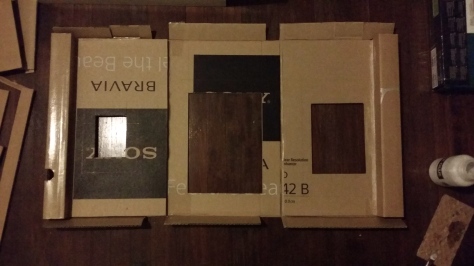
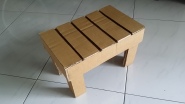 Being compact, it also it durable, easily support heavy weights.You can see it from the images on the right. From the top view, you can also see how cardboard is prone to creases and folds. Nevertheless, I believe that it is a project that anyone can undertake and should try at least once if there is any leftover cardboard lying around the house.
Being compact, it also it durable, easily support heavy weights.You can see it from the images on the right. From the top view, you can also see how cardboard is prone to creases and folds. Nevertheless, I believe that it is a project that anyone can undertake and should try at least once if there is any leftover cardboard lying around the house.
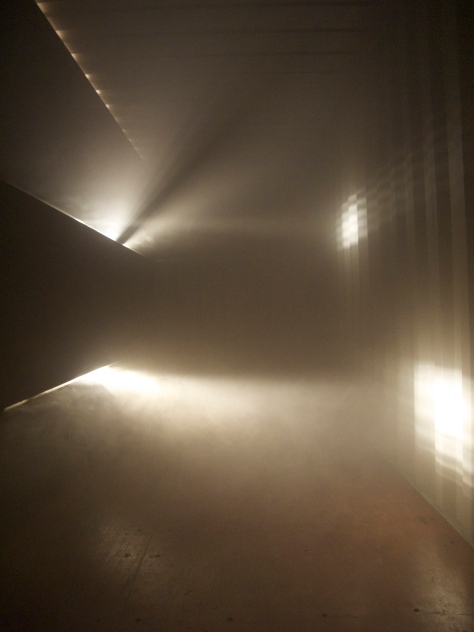
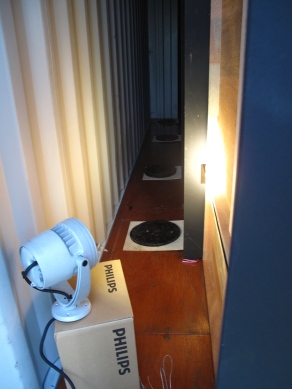
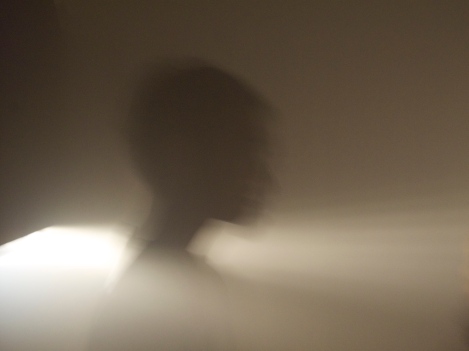
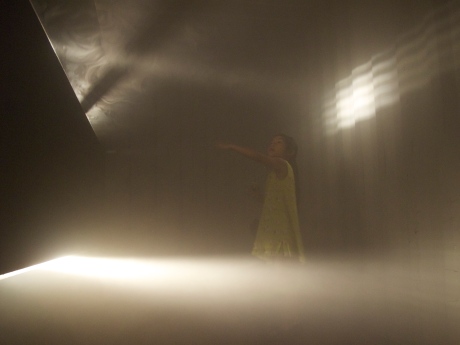
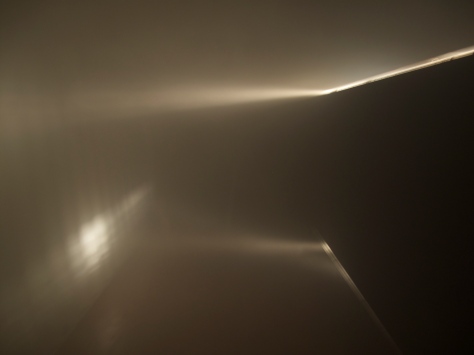
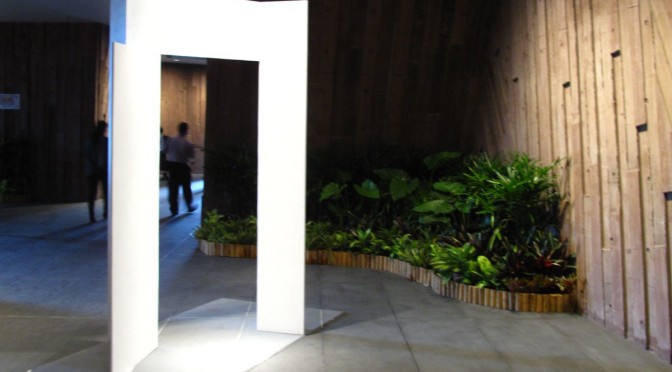
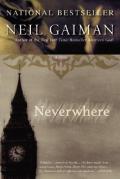
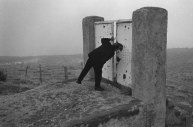 on the side. However, we recognise the walls that lay right there in front of our eyes, but often neglect the entrance into that space. This consideration made me question – how do we view doors? a transitioning point into another space or a mere object barring the way and obstructing movement between spaces?
on the side. However, we recognise the walls that lay right there in front of our eyes, but often neglect the entrance into that space. This consideration made me question – how do we view doors? a transitioning point into another space or a mere object barring the way and obstructing movement between spaces?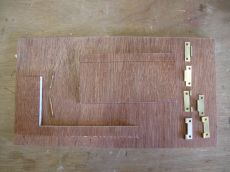 the door itself, and attempting to recreate all these components myself form the raw materials I had on hand in the studios.This process saw me buying all the different variations of hinges that I could get my hands on, garden gate hinges, typical door hinges, even “manufacturing” my own hinges varying in size and material to really feel how each part of a door contributed to the entire system that we see in every room. In going through this process, I discovered the process of art making, handling and feeling the material, to stretch it to its limits and push it further than I have ever done before.
the door itself, and attempting to recreate all these components myself form the raw materials I had on hand in the studios.This process saw me buying all the different variations of hinges that I could get my hands on, garden gate hinges, typical door hinges, even “manufacturing” my own hinges varying in size and material to really feel how each part of a door contributed to the entire system that we see in every room. In going through this process, I discovered the process of art making, handling and feeling the material, to stretch it to its limits and push it further than I have ever done before. 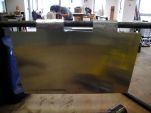 I would flatten, hammer, even soften aluminium just to create my own hinges. In that rigorous, laborious journey, I found satisfaction in simply “making”, and it gave me such great joy to just appreciate the final product and know that I saw
I would flatten, hammer, even soften aluminium just to create my own hinges. In that rigorous, laborious journey, I found satisfaction in simply “making”, and it gave me such great joy to just appreciate the final product and know that I saw 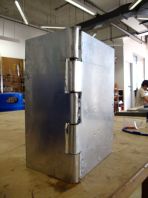 the process from beginning to end. The simple realization that I was actually creating the door from scratch made me reflect deeply on the art making journey that all artist embark on. That, as artists, each component, whether it be a brushstroke or a single nook made by a chisel, matters greatly in the grand scheme of things. it is an initial step in to the creation of an entire system that
the process from beginning to end. The simple realization that I was actually creating the door from scratch made me reflect deeply on the art making journey that all artist embark on. That, as artists, each component, whether it be a brushstroke or a single nook made by a chisel, matters greatly in the grand scheme of things. it is an initial step in to the creation of an entire system that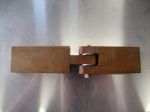 allows a work to become whole and, ultimately, convey what the artist’s soul want to share with his audiences, to challenge norms and draw viewers out of their comfort zone.
allows a work to become whole and, ultimately, convey what the artist’s soul want to share with his audiences, to challenge norms and draw viewers out of their comfort zone.